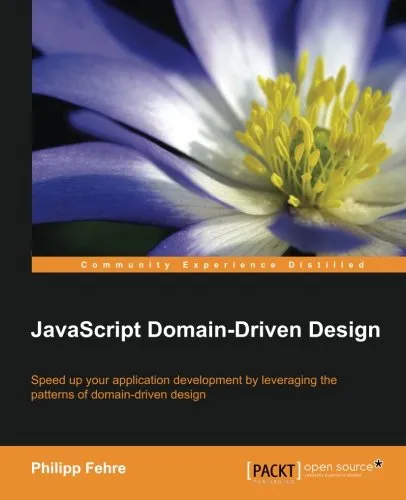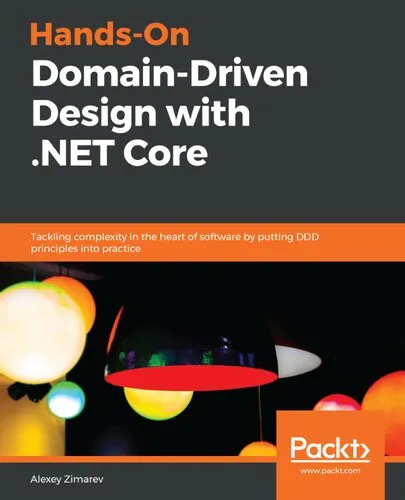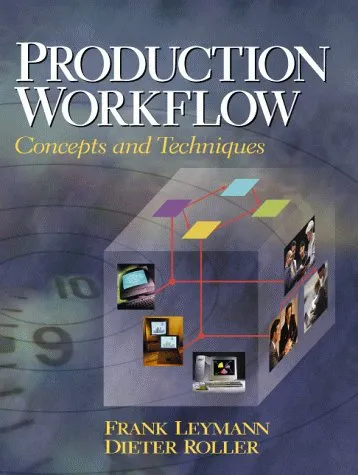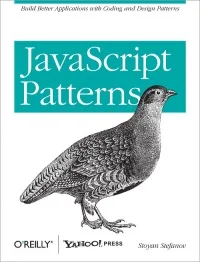JavaScript Domain-Driven Design
4.0
Reviews from our users

You Can Ask your questions from this book's AI after Login
Each download or ask from book AI costs 2 points. To earn more free points, please visit the Points Guide Page and complete some valuable actions.Related Refrences:
Introduction to JavaScript Domain-Driven Design
Welcome to a comprehensive guide that blends the art of software engineering with the nuanced practices of domain-driven design, all within the flexible and ubiquitous world of JavaScript. This book provides a meticulous pathway for developers and software architects aiming to excel in designing robust and scalable software solutions.
Detailed Summary of the Book
JavaScript Domain-Driven Design offers an elaborate exploration into the principles of domain-driven design (DDD) specifically tailored for JavaScript developers. The book starts by setting a strong foundation on DDD concepts such as ubiquitous language, bounded contexts, and strategic design. By providing a structured approach to problem-solving, it allows developers to align their software projects closely with business objectives.
As you delve deeper, you will navigate through the practical aspects of implementing DDD concepts in JavaScript projects. With JavaScript’s dynamic and versatile nature, the book addresses common challenges faced in modeling complex domains and emphasizes the importance of modular design and maintainability. Special attention is given to integrating JavaScript with modern frameworks and emerging technologies, aligning software development closely with evolving business needs.
Key Takeaways
- Comprehensive understanding of domain-driven design principles, meticulously applied within JavaScript environments.
- Strategies to enhance collaboration between technical teams and business stakeholders through a shared language.
- Guidelines for creating clean, modular, and maintainable code that aligns with business objectives.
- Insights into handling complexity in software systems by dividing them into well-defined bounded contexts.
- Real-world examples and case studies that showcase successful implementations of DDD in JavaScript.
Famous Quotes from the Book
"In domain-driven design, complexity is managed not by simplifying the domain, but by organizing it into a coherent, evolving model."
"JavaScript, with its blend of simplicity and depth, is uniquely positioned to adapt DDD principles, enhancing the adaptability of software solutions."
Why This Book Matters
Amidst the fast-paced evolution of technology, businesses demand software that is not only agile but also scalable and maintainable. JavaScript, being one of the most widely used languages in the world, becomes an ideal candidate for implementing complex software designs. This book matters because it bridges the gap between high-level design principles and their practical application in JavaScript.
JavaScript Domain-Driven Design empowers developers to transform abstract business ideas into tangible software architectures. It equips teams with the knowledge to foster better communication, design systems that encapsulate business logic, and ultimately deliver value-driven software.
By offering a detailed analysis of how DDD can revolutionize JavaScript projects, this book addresses the need for developers to quickly adapt to changing business requirements while maintaining code quality and integrity. Whether you are a seasoned software architect or a burgeoning developer, this book provides invaluable insights into creating software that meets both current and future demands.
Free Direct Download
You Can Download this book after Login
Accessing books through legal platforms and public libraries not only supports the rights of authors and publishers but also contributes to the sustainability of reading culture. Before downloading, please take a moment to consider these options.
Find this book on other platforms:
WorldCat helps you find books in libraries worldwide.
See ratings, reviews, and discussions on Goodreads.
Find and buy rare or used books on AbeBooks.
1623
بازدید4.0
امتیاز0
نظر98%
رضایتReviews:
4.0
Based on 0 users review
Questions & Answers
Ask questions about this book or help others by answering
No questions yet. Be the first to ask!






